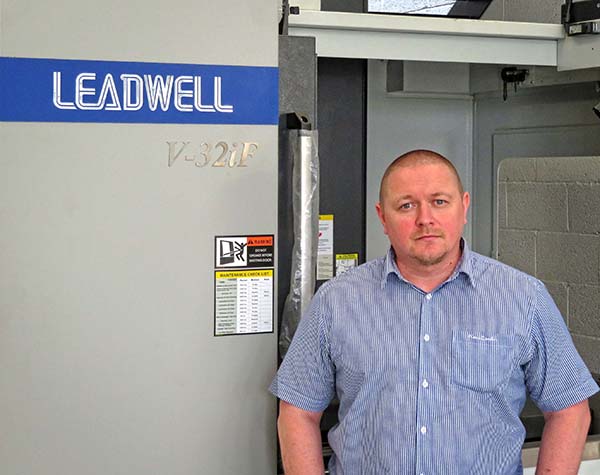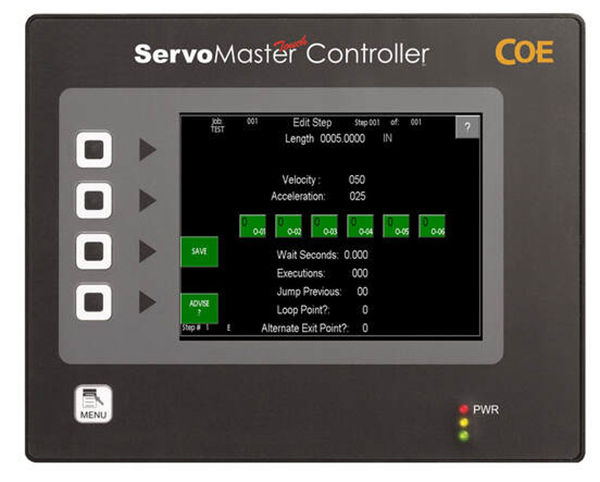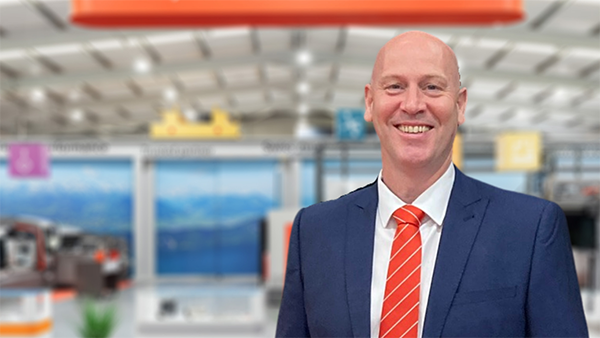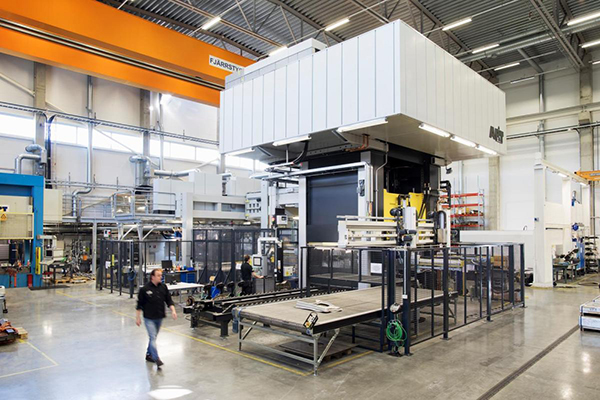
A global producer of metal components, Fischer Group, has chosen AP&T’s solution for the hot forming of high-strength aluminium parts. The technology enables the cost-effective production of complex components made from various aluminium alloys (6000 and 7000 series).
By replacing conventional sheet metal with high-strength aluminium, it is possible to reduce component weight by up to 40% without forsaking strength. This factor also lays the foundation for increasing the use of aluminium in cars, aircraft and other applications where there is a requirement to reduce energy consumption and/or increase safety.
“We’ve chosen AP&T as a partner for this innovation due to the company’s long experience with the technology itself and their expertise in automation and press building,” says Hans-Peter Fischer, CEO of Fischer Group. “In addition, we are very pleased with the modularity of the system, which allows us to adapt line output and meet any increases in required capacity. Finally, the servo-hydraulic press is a step forward in achieving energy-efficient production to optimise the CO2 footprint of forming technologies.”
The complete, fully automatic high-strength aluminium hot forming production line from AP&T is currently in the process of becoming commercially operational at Fischer Group’s facility in Achern, southern Germany. Included in the equipment is AP&T’s servo-hydraulic press, which enables high-precision forming control throughout the press cycle. According to AP&T, the servo-hydraulic press is also considerably more energy efficient than conventional hydraulic presses.
“Initially, the line will be used for small and medium-sized manufacturing volumes, but thanks to the flexibility of our modular system of standard components, it will be possible to expand the line and scale-up production at pace in line with demand,” says Christian Koroschetz, chief sales officer at AP&T.
For further information
www.aptgroup.com
























